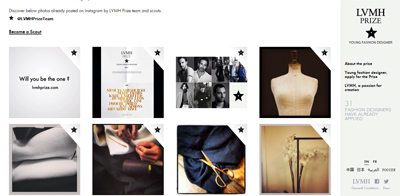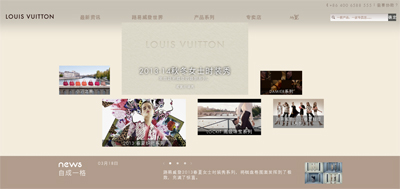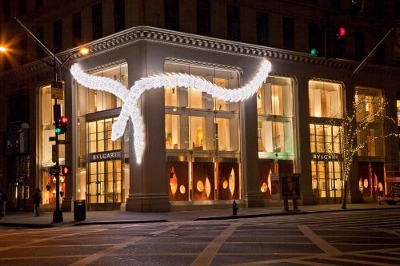
NEW YORK - The former boss of LVMH North America asserted at Luxury Daily's Luxury FirstLook: Strategy 2014 that the new luxury players popping up lack the cultural cachet that the old-world heritage brands have, creating a rift in the luxury industry.
Renaud Dutreil explained that the luxury industry faced some existential questions during the global economic recession that triggered an industry-wide evaluation. A balance of heritage, innovation and quality still remained as the industry's defining and hard-to-obtain traits.
”Culture is something that is less visible in the new generation of designers,"said Renaud Dutreil, former chairman of LVMH United States and president and CEO of Belleville Investments, New York.
“The result is that they can be very creative because its an expression of personality...but after 5 years they are exhausted because they do not have the same access to human culture," he said.
Luxury Daily organized Luxury FirstLook Strategy 2014.
Young and reckless
Mr. Dutreil said that young designers lack the cultural knowledge that older brands have accrued over time. He argued that new brands are informed by a fragmented, this-and-that cultural experience.
LVMH Young Designers Prize
Consequently, these brands peter out quickly in terms of originality. There is a spate of designer-driven brands that have innovative debut lines and creative sophomore lines, but that are exhausted of ideas after a short period of time because of the cultural vacuum that they work in.
The executive contrasted this occurrence by alluding to Louis Vuitton's heritage that grew out of railroad travel in the 1850s. Unlike a brand that has five years to draw upon, Louis Vuitton has more than 150 years of stories to cull from.
Also, the brand has merged its identity with its native country's, supplying it with an even larger collection of stories.
Fendi Bag Bugs
"All luxury brands work as storytelling systems," Mr. Dutreil said "You have to invent new stories. If you have a century of background, you have a lot of stories."
To stress how vital heritage is to the luxury industry, Mr. Dutreil pointed to how sacred the concept is in countries such as Japan and China.
Louis Vuitton Chinese Web site
"Japanese consumers give a lot of value to what comes from the past, the past shows the way to the future," he said.
Bulgari holiday display
Some brands try to make up for their cultural deficiency by turning to artists for collaborations. Mr. Dutreil said that such a partnership is a bad marriage between opposing worlds.
The executive mentioned a sponsorship of LVMH's sponsorship of Marina Abramović live installation at The Museum of Modern Art in 2008.
"It was like two worlds at opposite sides," Mr. Dutreil said. "We had to be discreet, to disappear. The best way to sponsor an exhibition and to respect the artist, the true mission of a luxury company, is not to put a name on the head of artists but to allow the artist to be as creative as possible."
He also stressed that the departure from artisan tools, materials and methods seen in recent years runs the risk of creating an industry of banalization.
"I see the threat of some designers lacking time and devotion to dig into real culture," he said.
"You cannot be designer of Dior if you do not know what happened in Paris after the second World War when women wanted to express their identity after 5 years of being dominated by cruel men."
Final take
Joe McCarthy, editorial assistant on Luxury Daily, New York




